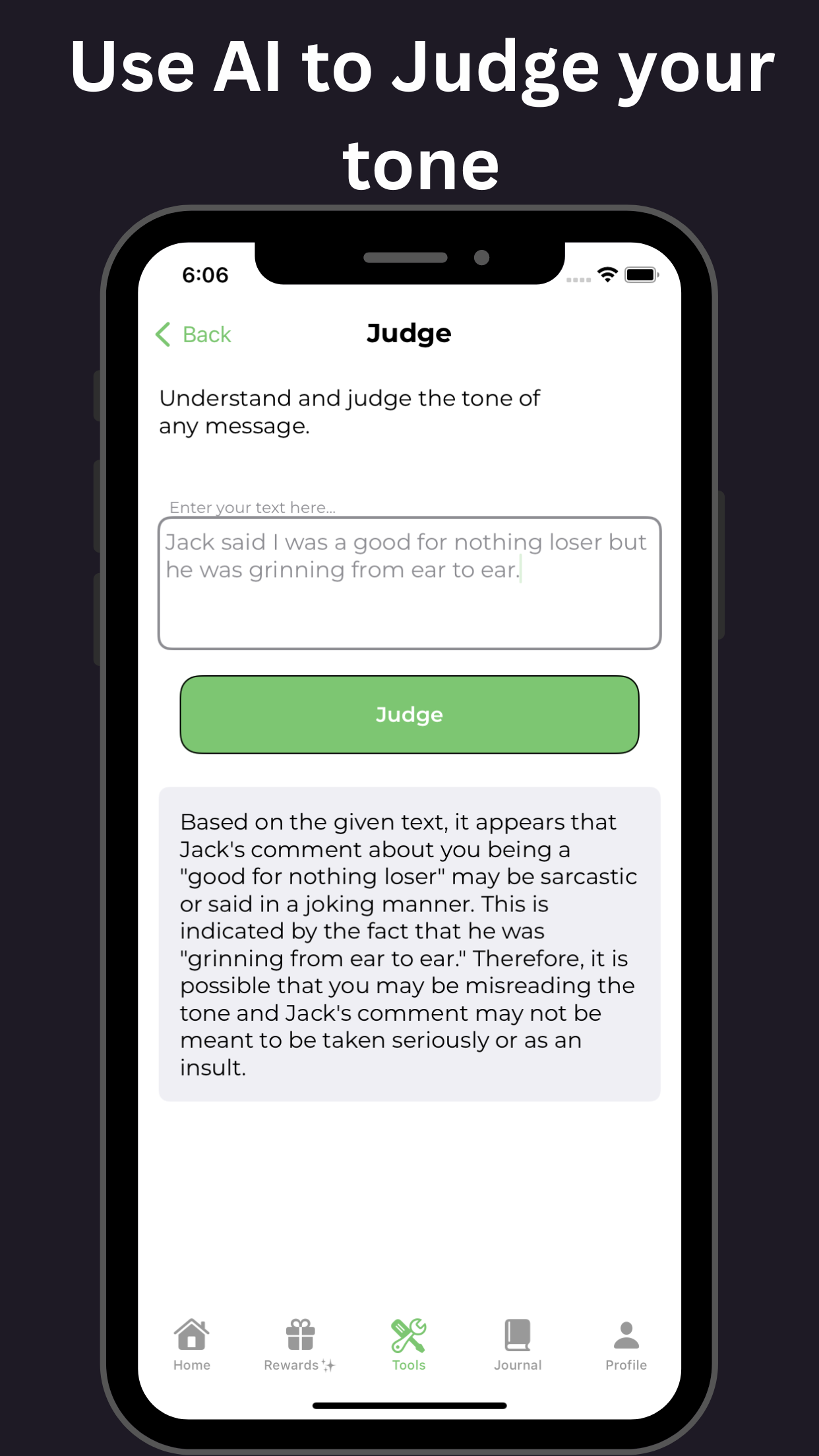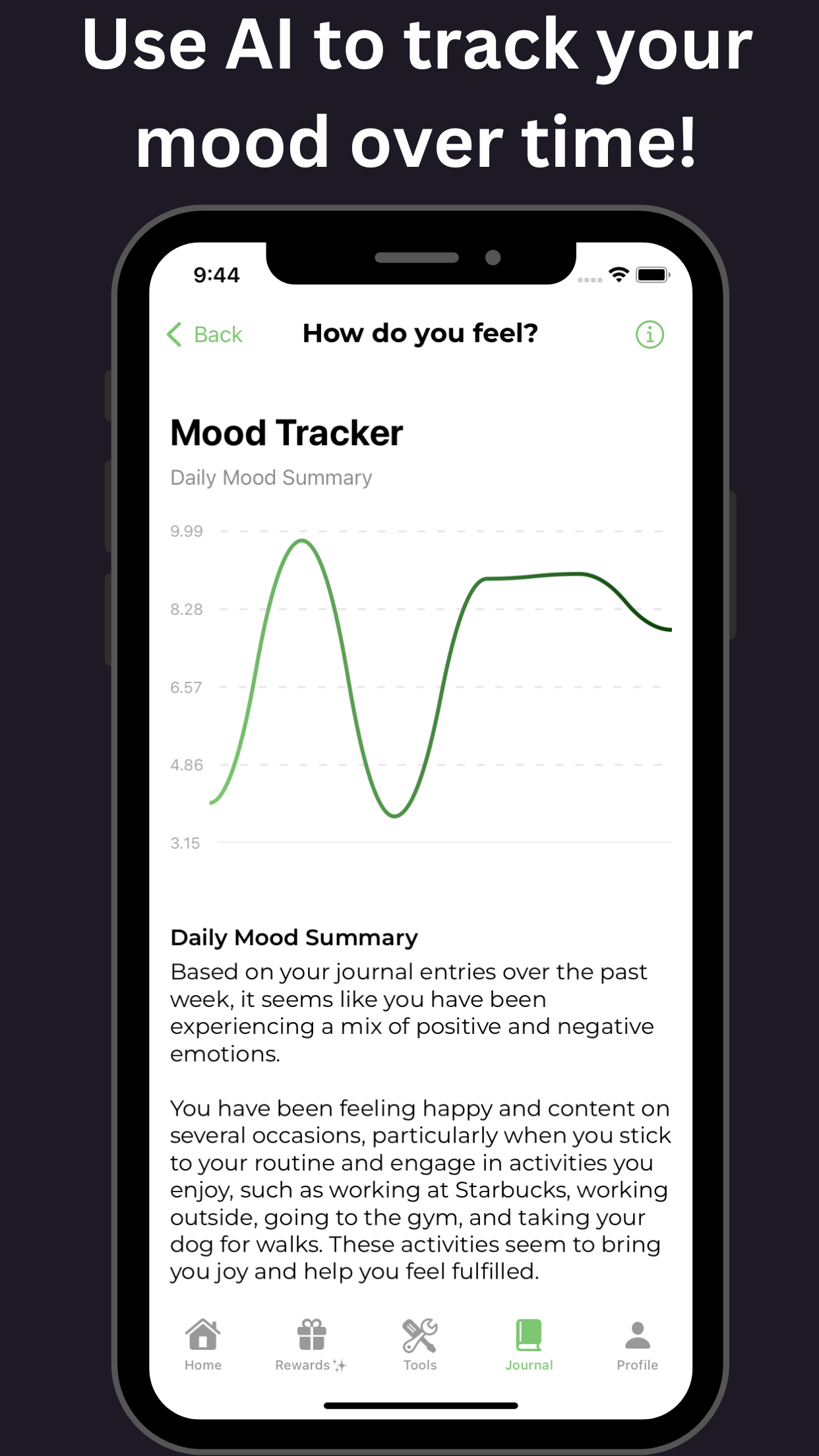Is There a Difference Between ADD and ADHD: Separating Fact from Fiction Strategically to Succeed Online
Key Takeaways
| No | Term | Definition |
|---|---|---|
| 1 | ADD | Older term used to describe a condition characterized by difficulties with attention only. |
| 2 | ADHD | Current term used to describe a neurodevelopmental disorder characterized by symptoms of inattention, hyperactivity, and impulsivity. |
| 3 | Difference | ADD typically referred to difficulties with attention only, whereas ADHD includes all three core symptoms (inattention, hyperactivity, and impulsivity). |
| 4 | Age of onset | ADD was traditionally seen as a condition with onset in childhood, whereas ADHD today acknowledges onset can occur at any stage of life. |
| 5 | Diagnostic guidelines | ADD was previously diagnosed based on symptoms, while ADHD is diagnosed based on specific diagnostic guidelines outlined by the Diagnostic and Statistical Manual of Mental Disorders (DSM). |
| 6 | Treatment options | Both conditions often require similar treatments, including medication, behavioral therapy, and lifestyle changes. |
What’s the Difference Between ADD and ADHD: Understanding the Legacy of an Outdated Term
The terms Attention Deficit Disorder (ADD) and Attention Deficit Hyperactivity Disorder (ADHD) have historically been used interchangeably. However, the truth is that ‘ADD’ is an outdated term, while ‘ADHD’ is the widely accepted and standardized diagnosis. In reality, there is no ‘ADD’ diagnosis; instead, ‘ADHD’ encompasses two subtypes: Predominantly Inattentive Type (ADHD-PI) and Combined Type (ADHD-C), often referred to as ‘ADD-like’ symptoms.
A Brief History of the Term ‘ADD’
The term ‘ADD’ was introduced in the 1980s as a catch-all diagnosis for individuals who exhibited inattentive symptoms but did not meet the stringent criteria for the hyperactive-impulsive subtype of ADHD. However, this classification was later determined to be inadequate, as it didn’t account for the variability in symptoms and severity among individuals.
What Exactly is ADHD?
According to the Diagnostic and Statistical Manual of Mental Disorders, 5th Edition (DSM-5), ADHD is defined as a neurodevelopmental disorder characterized by symptoms of inattention, hyperactivity, and impulsivity. The symptoms must be pervasive and interfere with daily functioning, causing distress or impairment in social, occupational, or other areas of life.
Understanding the Evolution of ADHD Diagnosis
In 2013, the DSM-5 abandoned the ‘ADD’ label, replacing it with three subtypes of ADHD: Predominantly Inattentive Type (ADHD-PI), Predominantly Hyperactive-Impulsive Type (ADHD-PH), and Combined Type (ADHD-C). This update aimed to better capture the broad range of symptoms and severity associated with ADHD.
What This Means for Individuals
The shift from ‘ADD’ to ‘ADHD’ signifies a more nuanced understanding of the disorder. It emphasizes evaluating each individual’s unique set of symptoms to provide accurate diagnoses and effective treatment plans.
Key Takeaway: The term ‘ADD’ is obsolete, and the diagnosis of ADHD encompasses various subtypes and symptoms. By understanding modern terminology and criteria, mental health professionals and individuals can work together to develop effective treatment plans and navigate the complexities of this neurodevelopmental disorder.
For those looking for practical tools to manage symptoms of anxiety and ADHD, check out GoblinX, an app designed to support users through effective strategies. By utilizing the resources available through GoblinX’s website or its mobile version, individuals can gain insights and coping mechanisms tailored to their needs.

ADD vs ADHD: Defining the Distinctions Between Inattentive and Hyperactive-Impulsive Symptoms
Are you wondering if there’s a difference between ADD and ADHD? For a long time, families, individuals, and healthcare professionals have debated the distinctions between Attention Deficit Disorder (ADD) and Attention Deficit Hyperactivity Disorder (ADHD). The truth is that the outdated terms ADD and ADHD are often used interchangeably, but technically, they refer to different subtypes of ADHD. In this article, we will delve into the distinctions between inattentive and hyperactive-impulsive symptoms, helping you better understand the differences between these two closely related conditions.
Historical Context: The Origins of ADD and ADHD
To understand the difference between ADD and ADHD, let’s travel back in time to the 1970s. Psychologist Russell Barkley coined the term ADHD, which initially included three subtypes: predominantly inattentive, predominantly hyperactive-impulsive, and combined. The predominantly inattentive subtype was later referred to as Attention Deficit Disorder (ADD). However, in the early 2000s, the American Psychiatric Association (APA) replaced the term ADD with Attention Deficit/Hyperactivity Disorder (ADHD) and redefined the three subtypes.
The Three Subtypes of ADHD: Understanding the Distinctions
ADHD is a neurodevelopmental disorder characterized by symptoms of inattention, hyperactivity, and impulsivity. The three subtypes of ADHD are:
- Predominantly Inattentive Type (ADHD-PI): This subtype is characterized by symptoms of inattention, such as difficulty sustaining focus, following instructions, and completing tasks.
- Predominantly Hyperactive-Impulsive Type (ADHD-PH): This subtype is characterized by symptoms of hyperactivity and impulsivity, such as fidgeting, restlessness, and interrupting others.
- Combined Type (ADHD-C): This subtype is characterized by symptoms of both inattention and hyperactivity-impulsivity.
Key Differences Between ADD and ADHD
While the terms ADD and ADHD are often used interchangeably, there are key differences between the two:
- ADD is an outdated term: The term ADD was replaced by ADHD in the early 2000s, and it is no longer a recognized diagnosis in the Diagnostic and Statistical Manual of Mental Disorders (DSM-5).
- ADHD is a broader diagnosis: ADHD encompasses three subtypes, including predominantly inattentive, predominantly hyperactive-impulsive, and combined.
- ADHD symptoms vary in severity: Individuals with ADHD may experience a range of symptoms, from mild to severe.
Conclusion: Understanding the Distinctions Between ADD and ADHD
While there is no actual difference between ADD and ADHD in terms of underlying symptoms, there is a distinction between the two terms. The term ADD is an outdated label, while ADHD is a broader diagnosis that encompasses three subtypes. Understanding the distinctions between ADD and ADHD can help you better navigate the diagnosis and treatment of ADHD, ensuring that individuals receive the support and accommodations they need to thrive.
The Origins of ADD: Why the Term is No Longer Used in Medical Textbooks and Diagnoses
In recent years, the medical community has undergone a significant shift in the way attention deficit disorders are diagnosed and described. The term “ADD” (Attention Deficit Disorder) is no longer used in medical textbooks and diagnoses, replaced by “ADHD” (Attention Deficit Hyperactivity Disorder). But what sparked this change, and is there a difference between ADD and ADHD?
The Origins of ADD
The concept of attention deficit disorders dates back to the early 20th century, when British pediatrician Sir George Still first described a condition characterized by impulsivity, distractibility, and restlessness in children. In the 1950s and 60s, psychologists such as Heinz Lehmann and Russell A. Barkley further developed the concept, which was initially referred to as “Minimal Brain Dysfunction” (MBD). The term “ADD” emerged in the 1980s, with the publication of Samuel Yeates’ paper “Minimal Brain Dysfunction: A Review of the Literature.”
The Switch to ADHD
In the 1990s, the Diagnostic and Statistical Manual of Mental Disorders (DSM-IV) replaced MBD with Attention Deficit Hyperactivity Disorder (ADHD). The change reflected a growing understanding that attention deficit disorders were not a single entity, but rather a spectrum of symptoms that could manifest in various ways. The DSM-IV defined ADHD as a condition characterized by symptoms of inattention, hyperactivity, and impulsivity.
Key Differences Between ADD and ADHD
While the terms “ADD” and “ADHD” were once used interchangeably, there is now a distinction between the two. The main differences lie in the presence or absence of hyperactivity symptoms:
- ADD (Inattentive Type): Characterized by symptoms of inattention, such as difficulty sustaining attention, following instructions, and completing tasks.
- ADHD (Combined Type): Characterized by symptoms of both inattention and hyperactivity-impulsivity.
Conclusion
The evolution of attention deficit disorders from “ADD” to “ADHD” reflects a growing understanding of the complex symptoms and behaviors associated with these conditions. While there is still some overlap between the two terms, the distinction between inattentive and combined subtypes provides a more accurate and nuanced diagnosis.
Recognizing the Symptoms of ADD and ADHD: Signs, Patterns, and Behaviors
When it comes to Attention Deficit Disorder (ADD) and Attention Deficit Hyperactivity Disorder (ADHD), many people often use the terms interchangeably, but is there a difference between ADD and ADHD? While both disorders share similar symptoms, there is a critical distinction between the two conditions.
Historical Background
In the past, ADD was a term used to describe a milder form of ADHD, with primarily inattentive symptoms. However, in 2013, the Diagnostic and Statistical Manual of Mental Disorders (DSM-5) eliminated the term ADD and replaced it with three subtypes of ADHD:
- Predominantly Inattentive Type (ADHD-PI): Characterized by symptoms of inattention, such as difficulty sustaining focus and following instructions.
- Predominantly Hyperactive-Impulsive Type (ADHD-PH): Characterized by symptoms of hyperactivity and impulsivity, such as fidgeting and interrupting others.
- Combined Type (ADHD-C): Combines symptoms of inattention and hyperactivity-impulsivity.
Distinguishing Symptoms and Patterns
While there is no clear distinction between ADD and ADHD, certain symptoms and patterns can help differentiate between the three subtypes:
- Inattentive Type (ADHD-PI):
- Difficulty paying attention to details and making careless mistakes
- Difficulty sustaining focus during tasks or activities
- Struggling to follow through on instructions and completing tasks
- Avoiding tasks that require mental effort
- Hyperactive-Impulsive Type (ADHD-PH):
- Fidgeting or restlessness
- Difficulty engaging in quiet leisure activities
- Feeling constantly “on the go” or overactive
- Interrupting others or blurting out answers
- Combined Type (ADHD-C):
- A combination of symptoms from both inattentive and hyperactive-impulsive types
- Difficulty paying attention and following through on tasks
- Frequently interrupting others or blurting out answers
- Having difficulty waiting for one’s turn or taking turns with others
Recognizing the Signs
To determine if you or a loved one may have ADHD, look for the following signs:
- Disorganization and difficulty completing tasks
- Struggling to stay focused during conversations or tasks
- Easily distracted or interrupting others
- Fidgeting or restlessness
- Impulsivity, such as blurting out answers or interrupting others
Seeking Professional Help
If you suspect that you or a loved one may have ADHD, consult a healthcare professional, such as a psychologist or psychiatrist, for a proper evaluation and diagnosis. Only a qualified professional can determine if you have ADHD or another condition.
ADD vs ADHD: A Comparison of Symptoms, Diagnosis, and Treatment Options
When it comes to Attention Deficit Disorder (ADD) and Attention Deficit Hyperactivity Disorder (ADHD), many people wonder if there’s a difference between the two conditions. While the distinction may seem subtle, understanding the nuances between ADD and ADHD can lead to more accurate diagnoses and effective treatments.
Understanding ADD and ADHD: What’s the Difference?
Historically, ADD and ADHD were separate entities, but the Diagnostic and Statistical Manual of Mental Disorders (DSM-5) has simplified the classification system by combining the two into a single diagnosis: ADHD. However, many clinicians still differentiate between inattentive (ADD) and combined presentation (ADHD).
Key Symptoms of ADD vs ADHD:
- ADD (Inattentive Type): Individuals with ADD often experience difficulty sustaining attention, following instructions, and completing tasks. They might be disorganized, forgetful, and have trouble with time management.
- ADHD (Combined Type): Those with ADHD exhibit symptoms of both inattention and hyperactivity-impulsivity. They may have trouble paying attention, disrupting others, interrupting conversations, and difficulty controlling impulses.
Diagnosing ADD vs ADHD:
- Diagnostic Criteria: A comprehensive evaluation by a qualified healthcare professional, including a thorough medical history, a physical exam, and standardized behavioral assessments (e.g., Conners’ Rating Scales).
- Blood Tests and Other Evaluations: Ruling out other medical conditions that may mimic ADHD symptoms.
Treatment Options for ADD vs ADHD:
- Lifestyle Changes: Establish a daily routine, practice stress management, and exercise regularly.
- Medications: Stimulants (e.g., Ritalin), non-stimulants (e.g., Strattera), and antidepressants (e.g., Wellbutrin).
- Behavioral Therapies: Cognitive-behavioral therapy (CBT), motivational interviewing (MI), and cognitive training (e.g., working memory).
While the terms ADD and ADHD have some overlap, understanding the distinction can provide a clearer picture of the underlying complexities and more tailored treatments. In conclusion, while the differences may seem subtle, recognizing the unique characteristics of each can help individuals overcome challenges effectively.
Long-Tail Keyword Focus:
Is there a difference between ADD and ADHD: The answer lies in understanding the nuances between inattentive (ADD) and combined presentation (ADHD), with implications for accurate diagnoses and effective treatments.
Types of ADHD: Predominantly Inattentive, Predominantly Hyperactive-Impulsive, and Combined
When it comes to Attention Deficit Hyperactivity Disorder (ADHD), many people are unaware of the existence of Attention Deficit Disorder (ADD). The primary confusion arises from the fact that ADD is an outdated term that was once used to describe the condition. However, understanding the differences between ADD and ADHD can help individuals better grasp their symptoms and treatment options.
The Evolution of ADHD Terminology
In the past, ADHD was classified into three subtypes: predominantly inattentive type (ADD), predominantly hyperactive-impulsive type, and combined type. However, in 2013, the American Psychiatric Association (APA) revised the Diagnostic and Statistical Manual of Mental Disorders (DSM-5) to eliminate the term ADD altogether. Instead, the organization adopted the term ADHD, with three subtypes: predominantly inattentive presentation, predominantly hyperactive-impulsive presentation, and combined presentation.
The Types of ADHD
- Predominantly Inattentive Presentation (ADHD-PI): This type of ADHD is characterized by symptoms of inattention, such as difficulty sustaining focus, following instructions, and completing tasks.
- Predominantly Hyperactive-Impulsive Presentation (ADHD-PH): This subtype is marked by symptoms of hyperactivity, such as excessive fidgeting, restlessness, and impulsivity.
- Combined Presentation (ADHD-CP): This is the most common type of ADHD, characterized by symptoms of both inattention and hyperactivity-impulsivity.
Is There a Difference Between ADD and ADHD?
For most practical purposes, the terms ADD and ADHD are used interchangeably. However, it’s essential to note that the term ADD was once used to describe what is now known as ADHD-PI or predominantly inattentive type. The substitution of ADD with ADHD-PI was made to emphasize the breadth of symptoms associated with the condition, rather than focusing solely on symptoms of inattention.
Conclusion
In conclusion, understanding the distinction between ADD and ADHD-PI is crucial for accurate diagnosis and treatment. By recognizing the various subtypes of ADHD, individuals can better navigate their symptoms and develop personalized treatment plans. Remember, whether you’re struggling with ADHD-PI, ADHD-PH, or ADHD-CP, there is hope for managing your symptoms and achieving a better quality of life.
Long-tail keywords:
- is there a difference between ADD and ADHD
- ADD vs ADHD symptoms
- ADHD subtypes: predominantly inattentive, hyperactive-impulsive, and combined presentation
- understanding ADHD terminology
- benefits of accurate ADHD diagnosis
Important Sources
| ADD vs. ADHD: What's the Difference Between ADD & ADHD? | ADD and ADHD sometimes mean the same thing. But not always. WebMD explains the distinct differences and symptoms. |
| ADHD vs. ADD: What’s the Difference? - Healthline | ADD is an outdated term for inattentive type of ADHD, one of the three types of ADHD based on symptoms. |
| The difference between ADD and ADHD - Understood | ADD is an outdated term for a type of ADHD that mainly affects attention. |
| ADD vs ADHD: Differences in Symptoms - Verywell Health | Attention deficit disorder (ADD) is an outdated term that is no longer officially used. |
| ADD vs. ADHD: Symptoms, Diagnosis, & Treatments | ADD is an outdated term for the inattentive type of ADHD, learn about its symptoms and treatments. |









